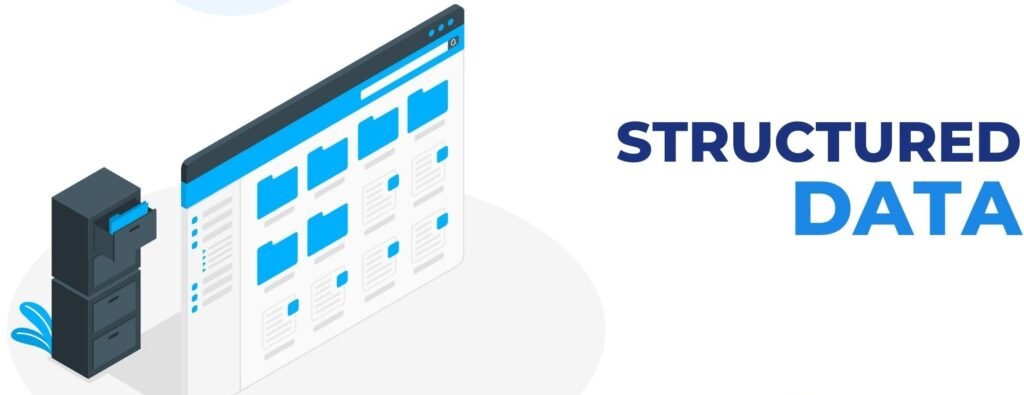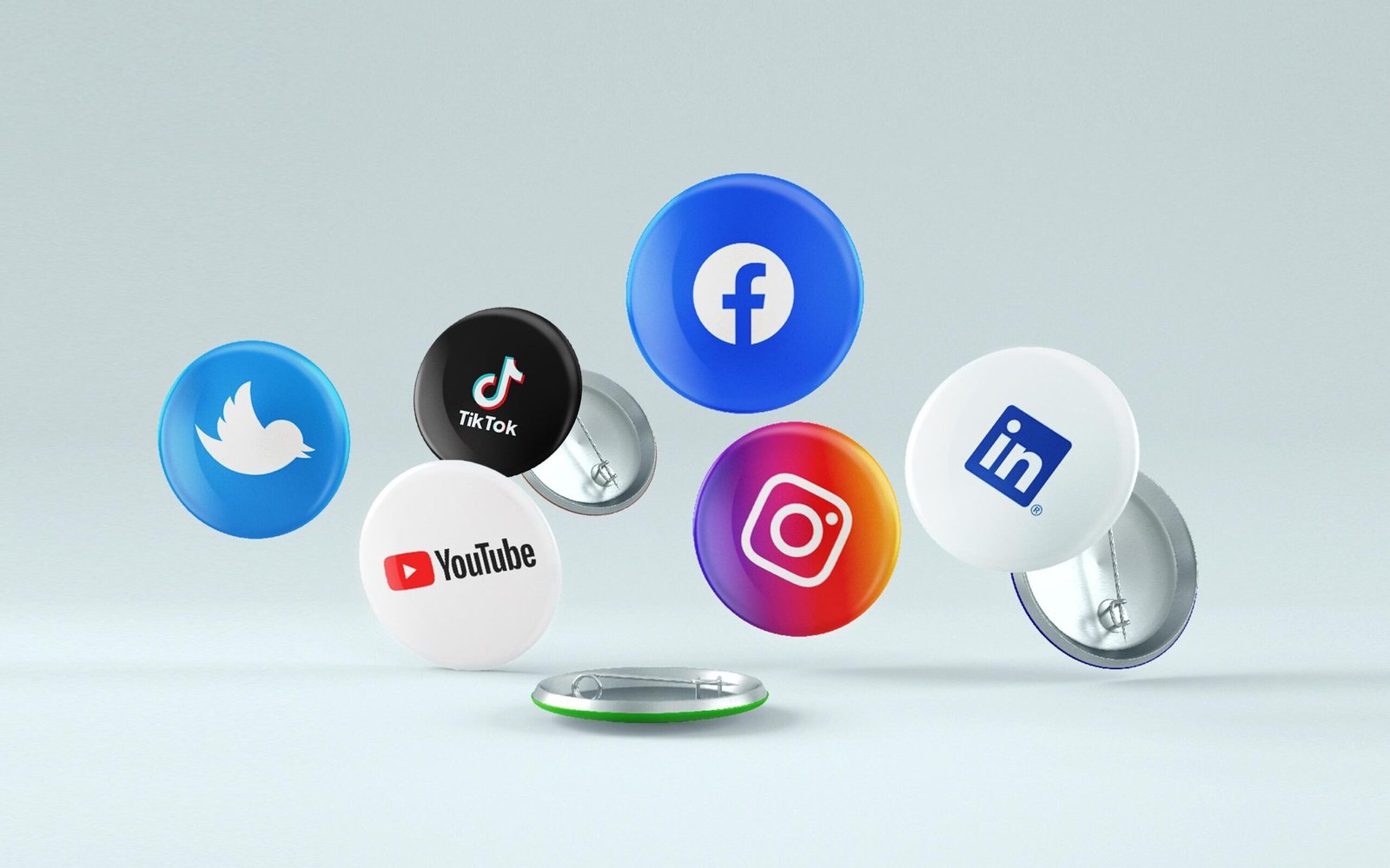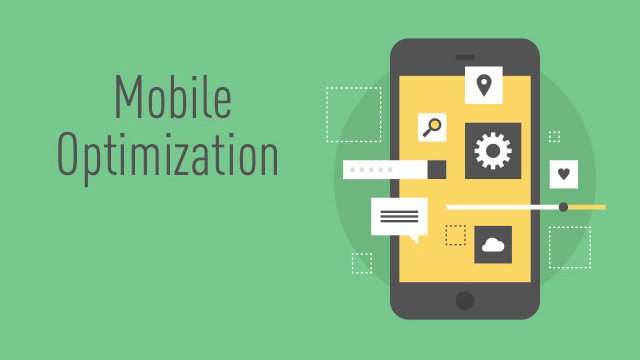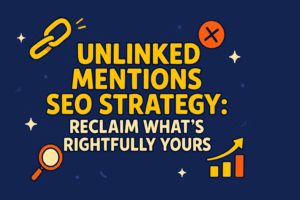
In the ever-evolving world of digital marketing, Search Engine Optimization (SEO) remains a cornerstone strategy for driving organic traffic to websites.
One of the most crucial yet often overlooked aspects of SEO is the strategic use of content links. Effective content linking can significantly enhance your website’s visibility, authority, and overall search engine ranking.
In this comprehensive guide, we will explore the importance of content links, various types of links, and actionable strategies for boosting SEO through effective linking.
Understanding The Importance Of Content Links
Content links, also known as backlinks or hyperlinks, are references from one webpage to another. These links play a pivotal role in SEO for several reasons:
Search Engine Crawling and Indexing:
Search engines like Google use bots (crawlers) to navigate and index web pages. Links help these bots discover new content, ensuring your pages are indexed and ranked appropriately.
Authority and Trust:
High-quality backlinks from reputable websites signal to search engines that your content is trustworthy and valuable, boosting your site’s authority and rankings.
User Experience:
Effective content linking improves user experience by providing additional resources and context, keeping visitors engaged, and encouraging them to explore more of your site.
Referral Traffic:
Links from other websites can drive direct referral traffic, increasing your audience and potential for conversions.
Types Of Content Links
To effectively utilize content links for SEO, it’s essential to understand the different types of links and their unique benefits:
- Internal Links: Links that connect different pages within the same website. Internal links help distribute link equity across your site, improve navigation, and keep users engaged longer.
- External Links: Links that point from your website to other websites. While external links can provide valuable resources to your users, they demonstrate that your content is well-researched and credible to search engines.
- Backlinks (Inbound Links): Links from other websites to your site. High-quality backlinks are critical for boosting your site’s authority and search engine rankings.
- Outbound Links: Similar to external links, these are links from your site to another. Outbound links can enhance the relevance and credibility of your content.
Strategies For Effective Content Linking
Here are several proven strategies to enhance your SEO through effective content linking:
1. Create High-Quality, Link-Worthy Content
The foundation of any successful linking strategy is high-quality content. Content that is informative, engaging, and valuable to your audience is more likely to attract backlinks. Focus on creating content that solves problems, answers questions, or provides unique insights.
- Research Thoroughly: Ensure your content is well-researched and backed by credible sources.
- Original Insights: Provide unique perspectives or data that can’t be found elsewhere.
- Visual Content: Incorporate visuals like infographics, videos, and images to make your content more appealing and shareable.
2. Optimize Internal Linking Structure
Internal linking is a powerful tool for guiding users through your site and distributing link equity. An optimized internal linking structure can improve your site’s crawlability and help search engines understand the hierarchy and importance of your pages.
- Use Descriptive Anchor Text: Ensure your anchor text (the clickable text in a hyperlink) is descriptive and relevant to the linked page.
- Prioritize Key Pages: Link to your most important pages more frequently to signal their importance to search engines.
- Avoid Over-Linking: Too many links on a single page can dilute their effectiveness. Aim for a balanced approach.
3. Earn High-Quality Backlinks
High-quality backlinks from reputable websites boost your site’s authority and rankings. Here are some effective tactics to earn valuable backlinks:
- Guest Blogging: Write guest posts for reputable blogs in your industry. Include a link to your site in your author bio or within the content.
- Build Relationships: Network with influencers, bloggers, and industry leaders. Building relationships can lead to natural backlink opportunities.
- Content Outreach: Contact websites linked to similar content and pitch your content as a valuable resource.
- Create Linkable Assets: Develop linkable assets like infographics, case studies, and comprehensive guides that other websites would find valuable to link to.
4. Utilize External and Outbound Links Wisely
While the focus is often on earning backlinks, using external and outbound links wisely can also enhance your SEO efforts. These links can improve your content’s credibility and relevance.
- Link to Authoritative Sources: When referencing external information, link to high-authority websites to boost your content’s trustworthiness.
- Balance Your Links: Balance internal, external, and outbound links to provide your users with a comprehensive and well-rounded resource.
- Monitor Link Quality: Regularly check the quality of the sites you link to. Linking to low-quality or spammy sites can negatively impact your SEO.
5. Leverage Social Media and Online Communities
Social media and online communities can be powerful tools for promoting your content and earning backlinks. By sharing your content and engaging with your audience, you can increase its visibility and attract more link opportunities.
- Share on Social Media: Promote your content on social media platforms like Facebook, Twitter, LinkedIn, and Instagram to reach a broader audience.
- Engage in Online Communities: Participate in forums, discussion boards, and online communities related to your industry. Share your expertise and link to your content when relevant.
- Encourage Sharing: Include social sharing buttons and calls to action to make it easy for users to share your content.
6. Conduct Regular Link Audits
Regular link audits are essential to ensure your linking strategy remains effective and free from issues that could harm your SEO. A link audit helps you identify and address broken links, toxic backlinks, and other linking problems.
- Identify Broken Links: Use tools like Google Search Console or Ahrefs to find and fix broken links on your site.
- Disavow Toxic Backlinks: Identify and disavow low-quality or spammy backlinks that could negatively impact your site’s authority.
- Analyze Link Performance: Evaluate the performance of your internal and external links to understand which ones are driving the most traffic and value.
7. Implement a Strategic Anchor Text Plan
Anchor text plays a crucial role in link optimization. It provides context to users and search engines about the linked page’s content. A strategic approach to anchor text can enhance your SEO efforts.
- Use Keyword-Rich Anchor Text: Incorporate relevant keywords into your anchor text to improve your page’s relevancy and rankings for those keywords.
- Vary Anchor Text: Vary your anchor text to avoid over-optimization. Use a mix of exact match, partial match, and branded anchor texts.
- Avoid Generic Anchor Text: Generic phrases like “click here” or “read more” provide little context. Aim for descriptive and relevant anchor text.
Types Before Adding Content Links
- Content Classification: Defining and categorizing your content types is crucial before integrating hyperlinks or references into your content. This involves identifying different categories or topics that your content will cover.
- Organizational Structure: Once you’ve classified your content, you can establish a clear organizational structure. This might involve creating sections, tags, or labels that help users navigate and understand the different types of information you provide.
- Content Hierarchy: Determine the hierarchy of your content types. This means understanding which types of content are foundational (basic, introductory information) and which are supplementary (in-depth analysis, related resources).
- Link Relevance: Links should be added purposefully after the content has been categorized and structured. Each link should serve a specific purpose, such as providing additional information, supporting a claim, or directing users to related content.
- User Experience: Focusing on types first ensures a better user experience. When your content is organized logically, users can easily find and navigate through it. This approach also helps in SEO (Search Engine Optimization) by making your site more understandable to search engines.
- Maintenance and Updates: Lastly, organizing content types before adding links makes it easier to maintain and update your website or content repository. Changes can be made more efficiently when you clearly understand how different pieces of content are related and categorized.
Content Link Types Before Adding
Here are five types of content links that can be considered before adding them:
- Internal Links: These links point to other pages within the same website or domain. They help establish a hierarchy and connect related content, improving site structure and user navigation.
- External Links: These links point to pages on other websites. They can support claims, provide additional resources, or establish credibility by linking to authoritative sources.
- Anchor Links: Also known as jump links or table of contents links, these are internal links that direct users to specific sections of a long webpage or article. They improve user experience by allowing readers to navigate directly to relevant content.
- Backlinks: These are links from other websites pointing back to your site. They are crucial for SEO (Search Engine Optimization) as they indicate your content’s popularity, authority, and credibility to search engines like Google.
- Social Media Links: Links to your social media profiles or sharing buttons that allow users to share your content on platforms like Facebook, Twitter, LinkedIn, etc. These links help drive social engagement and increase the reach of your content.
Link Types Before Adding Content
Anchor Links: These links allow users to navigate different web page sections. They accommodate long-form content where users may want to jump to specific sections quickly.
Image Links: Links attached to images allow users to click on the image to navigate to another page or resource. These are often used for visual navigation or to provide additional context.
Nofollow Links: The HTML code links these with a rel=”nofollow” attribute. They tell search engines not to pass authority or ranking credit to the linked page. They are commonly used for sponsored links, user-generated content, or links to untrusted content.
Footer Links: Links in the website’s footer are often secondary navigation elements that provide additional links to important pages such as Privacy Policy, Terms of Service, Sitemap, Careers, and Social Media profiles. Footer links ensure that users can access important information regardless of where they are on the site.
Navigation Links: These links are typically found in menus, sidebars, or footers and are used to navigate users to different sections or pages within the website. They help users find essential pages like Home, About Us, Contact, etc.
Advanced Tips For Maximizing Link Effectiveness
To further enhance the effectiveness of your content links, consider these advanced tips:
Implement a Link-Building Calendar:

Plan your link-building activities with a content calendar. Schedule regular outreach, guest posts, and content updates to ensure a consistent flow of new backlinks and internal linking opportunities.
Use Structured Data:

Implement structured data, such as schema markup, to enhance how search engines interpret your content. Structured data can improve the visibility of your links in search results, potentially increasing click-through rates.
Leverage Social Media:

Promote your content on social media platforms to increase its reach and potential for earning backlinks. Social signals, while not direct ranking factors, can indirectly influence SEO by driving traffic and engagement.
Optimize for Mobile:

Ensure your website and content links are optimized for mobile users. With the increasing use of mobile devices for internet browsing, mobile-friendly links can enhance user experience and improve your site’s SEO performance.
Conduct Regular Link Audits:

Periodically audit your internal and external links to ensure they function correctly and provide value. Link audits help you identify and rectify broken links, outdated content, and opportunities for new linking strategies.
Conclusion
Effective content linking is a powerful strategy for boosting SEO, enhancing your website’s authority, and driving organic traffic.
By creating high-quality content, optimizing your internal linking structure, earning high-quality backlinks, and leveraging advanced linking techniques, you can significantly improve your search engine rankings and online visibility.
Regularly measure the impact of your linking efforts and refine your strategies to stay ahead in the competitive SEO world.
By following the techniques and tips outlined in this guide, you can harness the full potential of content links and achieve long-term SEO success.
Now that you better understand the types of content that can generate links, start incorporating them into your overall SEO strategy.
Content links may take more time and effort but can significantly impact your website’s search rankings. So keep creating valuable, high-quality content and promoting it to drive attention and generate those all-important links.
However, if you have any questions regarding the content link, please leave them in the comment section. We will be happy to answer them.
Thanks for reading 🙂


